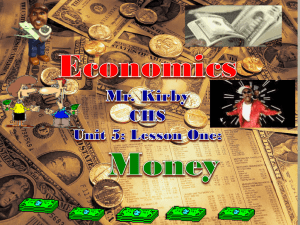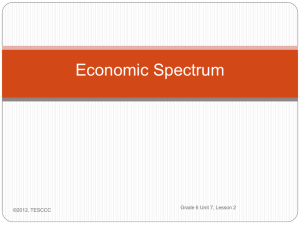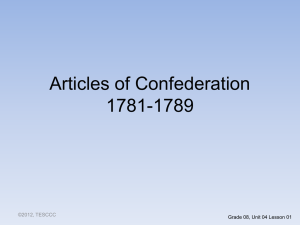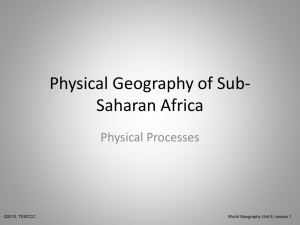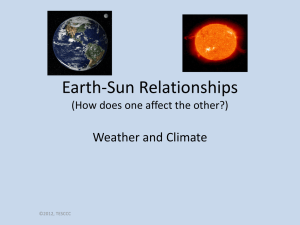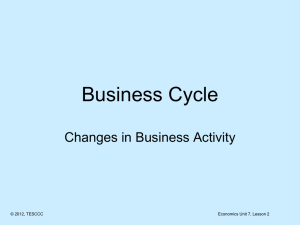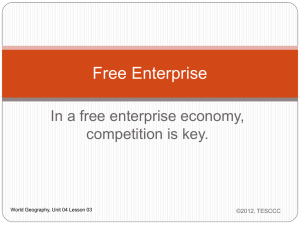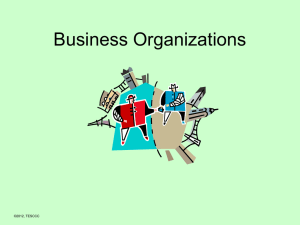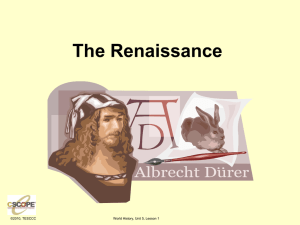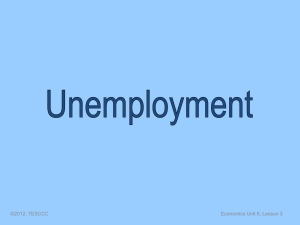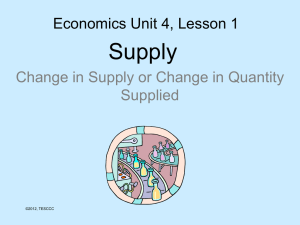Systems of Exchange
advertisement
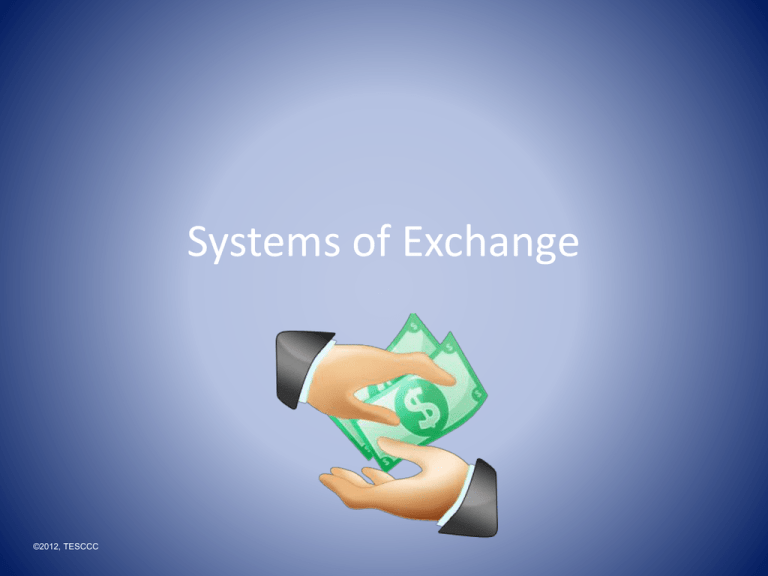
Systems of Exchange ©2012, TESCCC What do all of these images have in common? ©2012, TESCCC Economics Unit 7, Lesson 1 Barter – goods and services were traded without the exchange of money. However, before trade could occur, there had to be a “double coincidence of wants”. Each trader had to have something the other wanted. I’ll trade you a chicken for a pair of shoes. I would love to sell you these shoes but I can’t eat chicken, due to my bad teeth, caused by smoking. In a barter economy a chicken farmer who wants to buy shoes may have to first trade chickens for apples and then apples for shoes because the guy selling shoes wants only apples. Money eliminates this problem. You are lucky you are a pineapple farmer and not a broccoli farmer. I hate broccoli. Or, a heart surgeon might accept only certain goods (like pineapples ) but not others ( like broccoli) because he doesn’t like broccoli. It is less expensive to use money. The “calculation of exchange” is fast and easy because whatever the price is, you pay that amount. Here’s $3.00 for one gallon. . The “calculation of exchange” by bartering is much slower than the “calculation of exchange” in a monetary system. • It is less expensive to use money. • Using money saves time and time is money. The monetary system enables the “calculation of exchange” to go much faster. • Money is also easier to tax. • So a monetary system is better than a barter system. Three FUNCTIONS OF MONEY 1. Medium of Exchange Any asset that sellers will accept as payment for g/s [Acceptability] Medium means “something in the middle”, so money is a “medium of trade between buyers and sellers” because it can be exchanged for something else. Avoids “double coincidence of wants” that bartering requires. You would have to have a trading partner who “wants to sell you goods you want to buy” and “wants to buy goods you want to sell.” Liquidity – how easily an asset can be converted into cash without any additional expense. [Cash has 100% liquidity] Three FUNCTIONS OF MONEY $249.00 2. Unit of Account [measuring the relative value of goods by stating prices-a standard of value] Example: Microsoft Stock is selling for $50 a share. The new Jag is selling for $32,000. A $2 item is twice as valuable as a $1 item. Money is like a yardstick. People use it to compare the worth of things that they buy and sell. Three FUNCTIONS OF MONEY Greek Coin 2,500 years old 3. Store of Value [storing wealth from one point in time to another] [doesn’t wear out easily (durability) and holds up to inflatio Ability of money to hold value over time [Money that lacked durability or did not hold up well to inflation would not make good money [would not store value]. Ice cream cones would suffer monetary meltdown, become a sticky puddle. If money suffers high inflation, it causes the value of money to “melt.” Other desirable qualities for money are: A. Scarcity (limited supply) B. Portability C. Divisible D. Difficult to counterfeit • Commodity Money: something that performs the function of money and has value as alternative, nonmonetary uses. Gold, silver, cigarettes, corn Alternative uses such as • Fiat Money: Money that has value simply because the government has decreed it to be an acceptable means to pay debts (Federal Reserve Notes) • Paper notes – Coins • Representative Money: items that have no value in themselves but can be exchanged for something of value (gold certificates, silver certificates, checks…) They are not “plastic money.” They do serve as a: 1. medium of exchange & the 2. credit card statement serves as a unit of account. 3. but, they do not have a store of value. If the credit card company goes out of business or decides not to honor your card, it is worthless. They are not money because they don’t store value. Debit cards are money. They serve as a: 1. medium of exchange; they also serve as a 2. store of value (not an extension of credit); and 3. debit card statements serve as a unit of account. Debit Card Value of Money Prices The value of money goes in the opposite direction of the general price level. Or, the amount a dollar will buy varies inversely with the price level. Money has grown increasingly more abstract - from a physical commodity, - to a piece of paper representing a claim on a physical commodity, - to a piece of paper of no intrinsic value, [just a Federal Reserve note] - to an electronic entry representing a claim on a piece of paper of no intrinsic value. Review: Functions of Money • A medium of exchange: people are willing to accept in exchange for goods and services • A standard of value: a measure of value that allows people to compare the values of goods and services using prices • Store of value: allows people to save for future consumption ©2012, TESCCC Properties of Money • Durable: it lasts even after years of use • Portability: you can take it anywhere • Divisibility: must be easily divided into smaller denominations • Uniformity: money must be the same within a country • Limited Supply: if there is too much in circulation, the value drops and may even become worthless • Acceptability: people may use it to buy other things ©2012, TESCCC Commodity Money ©2012, TESCCC Representative Money Fiat Money On an exit card, answer the following: 1. Why must money be durable? 2. Why must money be portable? 3. Why must money be divisible? 4. Why must money be uniform? 5. Why must there be a limited supply of money? 6. Why must money be acceptable by others? ©2012, TESCCC Your assignment: In Chapter 11, read text pages 285 290 and do the assessment questions on p. 290, numbers 1-6. Turn in your work before you leave class today. ©2012, TESCCC
